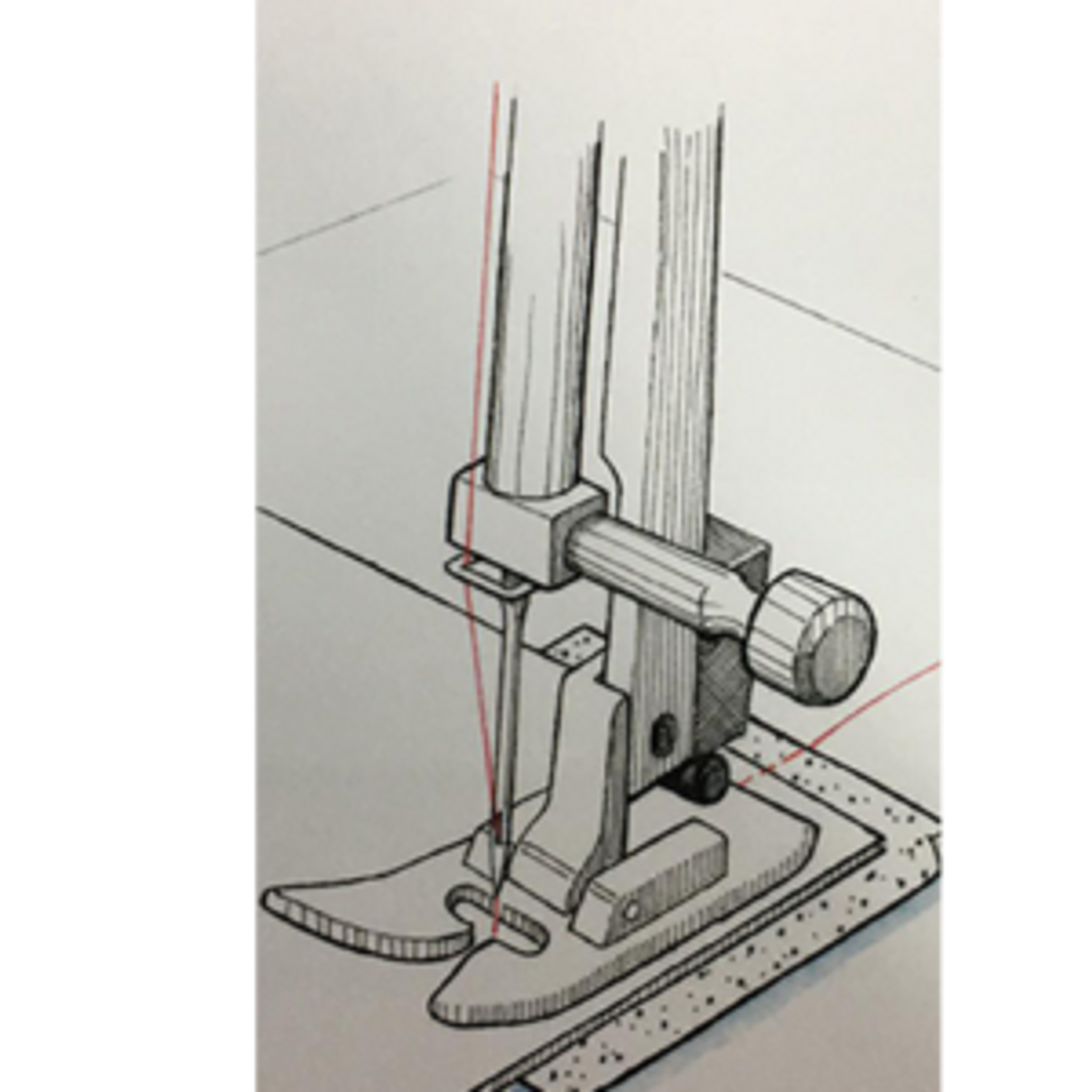
Sheer fabrics can be a challenge to sew. They are transparent, somewhat fragile, and have a tendency to creep. They are also beautiful and elegant, so don't let the challenge hold you back! Crisp sheers - organza, voile, organdy, and handkerchief linen - are easier to cut and sew than soft sheers and are fine or tailored items such as shirts. Soft sheers - bastiste, eyelet, chiffron, and georgette - and open weaves, such as net and lace, are better for loosely fitted garments with fewer tailored details.
Because all the seams in a sheer or lace fabric are visible from the outside, they should be narrow and neat. French seams and flat-fell seams are best for these fabrics. Use short stitches (12 to 18 stitches per inch [2.5cm]), a straight-stitch presser foot, and a straight stitch throat plate (if you have them). Otherwise, work with a general-purpose presser foot. If the fabric still slips, try an even-feed foot.
- Prewash the fabric, following the fabric care instructions.
- Before laying out the pattern, fold the fabric right side out, so the less slippery wrong sides are together.
- Follow the "with nap" layout has a sheen or pattern.
- For laces and fabrics with definite pattern, match pieces at the seams.
- To prevent the fabric from being pulled through the throat plate at the beginning of the seam. Start sewing on the stabilizer and then stitch onto fabric.
- Set the iron on a low temperature setting and increase only as needed.
- Hold both thread ends as you take the first few stitches so they don't tangle.
- Apply liquid fray preventer to cut the edges if they fray.
- Instead of backstitching, shorten the stitch at the beginning and of the seam or knot the threads.
- To prevent puckers, place tear-away stabilizer or tissue paper under the fabric and stitch through all layers. Remove the paper carefully so you don't distort the stitches.
